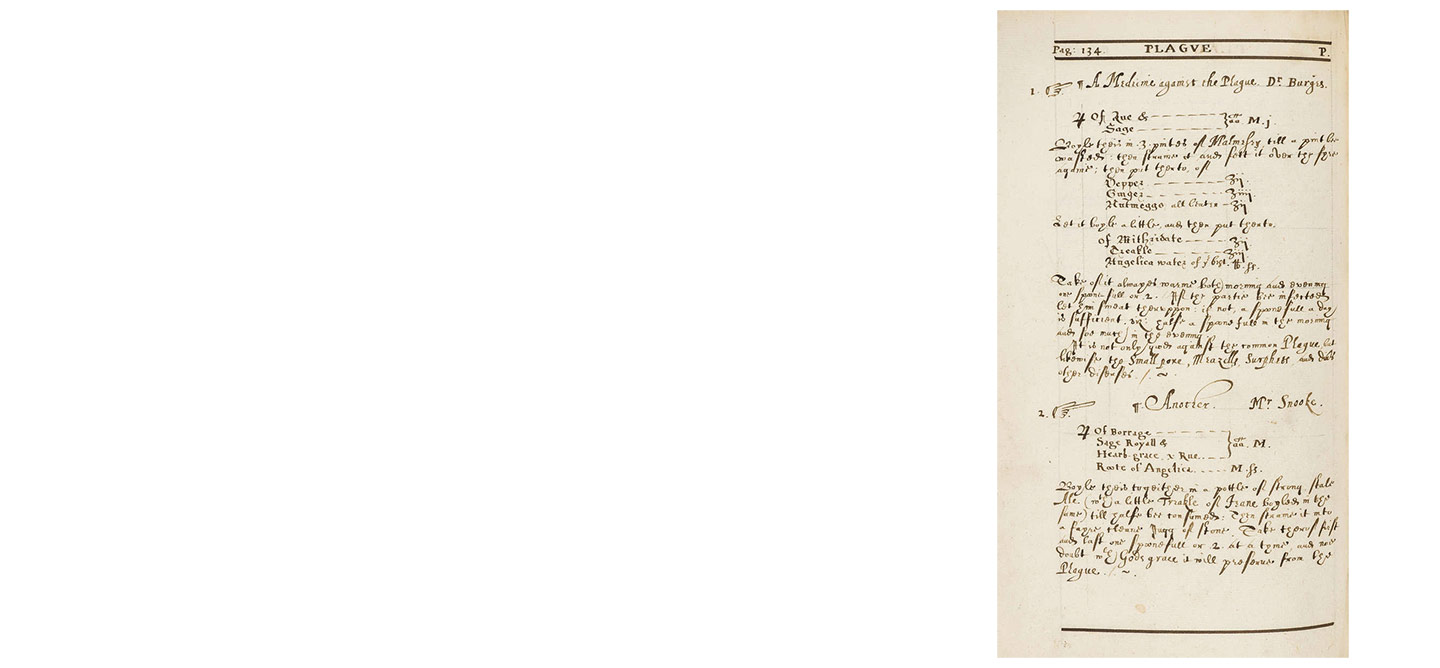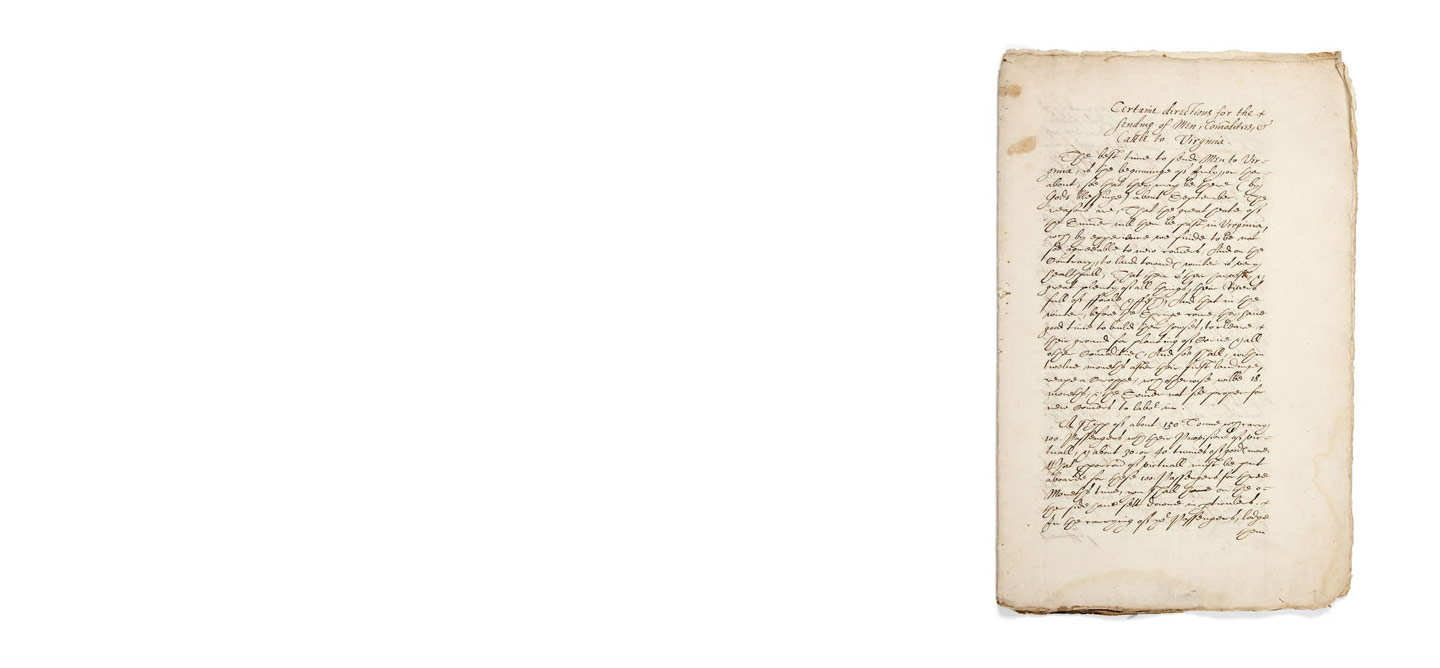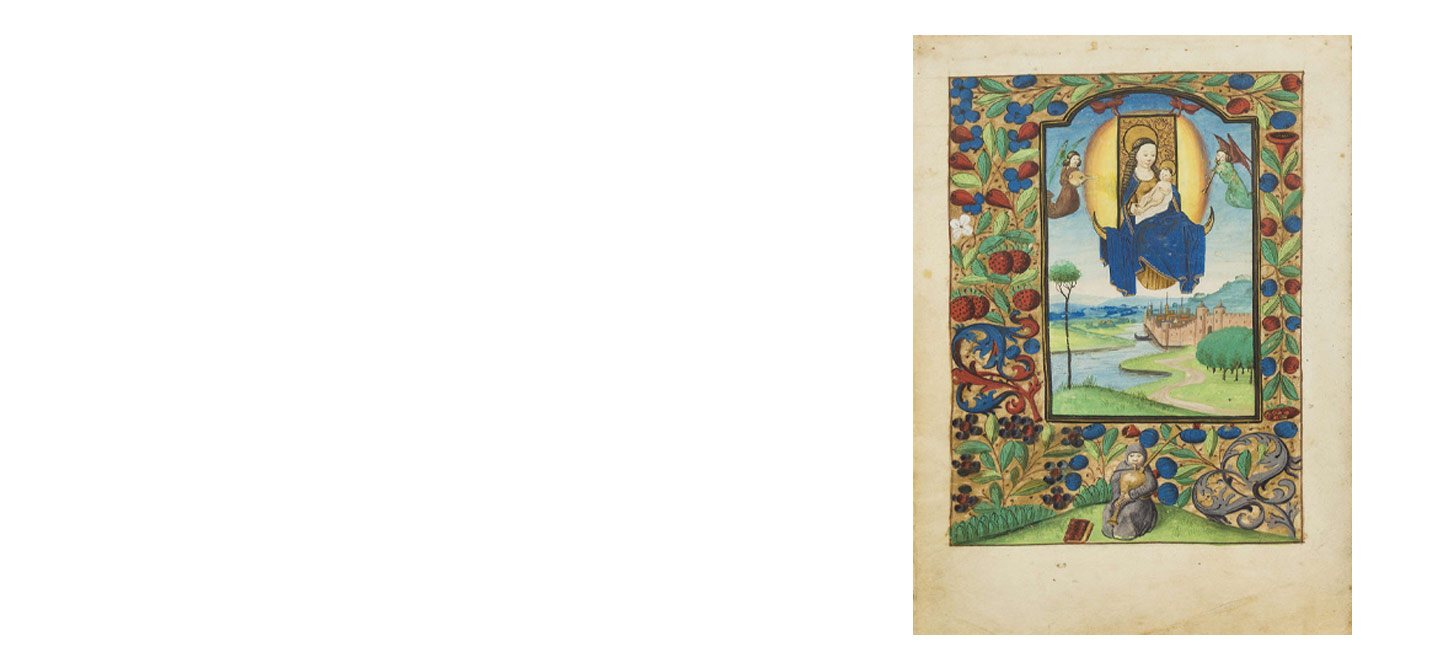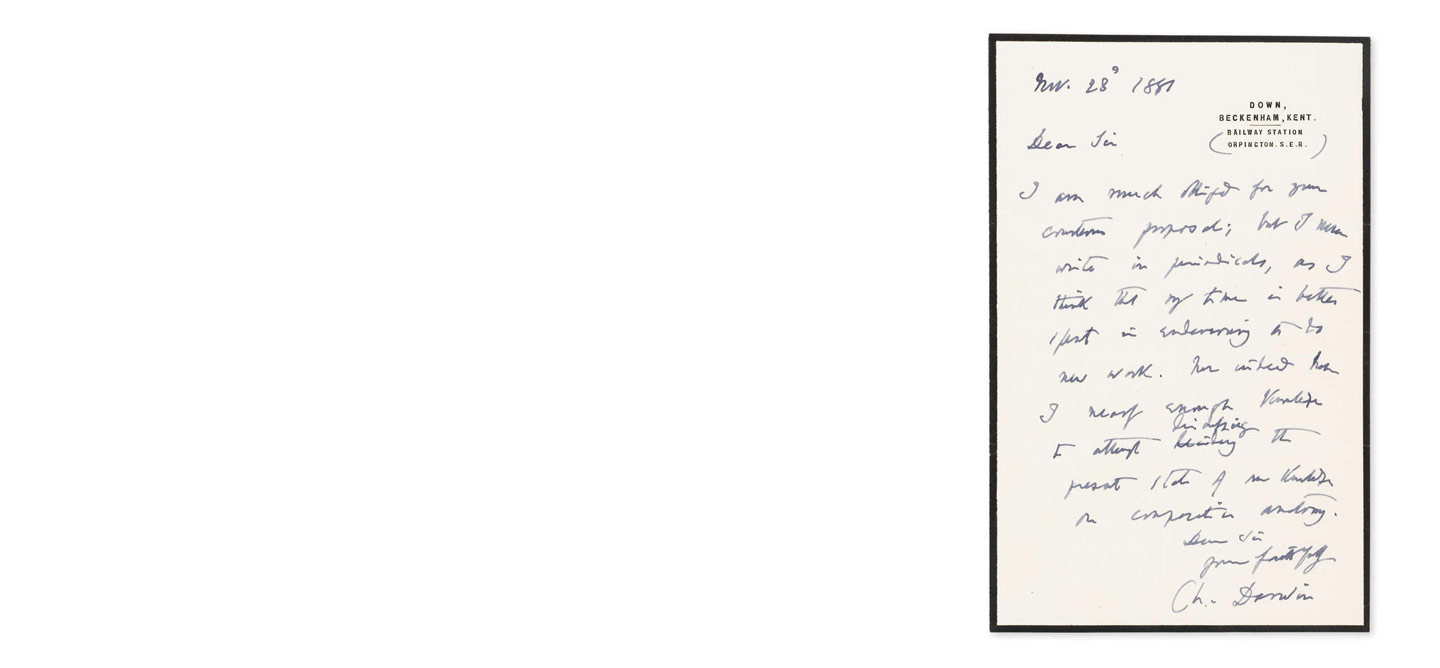HOME 
Looking after Manuscripts
& Autograph Items
How to look after Manuscripts & Autograph Items
Manuscripts and Letters
Contact us
Storage
Correct storage is key to keeping your manuscripts and autographs safe. Store them in acid-free, archival-quality materials to prevent deterioration over time. Don't overcrowd storage boxes or shelves. Ensure each item is individually protected with sleeves or envelopes. Regularly check your stored items for any signs of damage or deterioration.
Lighting
Light can fade and damage manuscripts and autographs. Limit exposure to sunlight and harsh indoor lights. Use UV filters on windows and display cases. Consider using low-intensity LED lights for display. Avoid fluorescent lights, as they emit a high level of UV radiation.
Climate Control
Handling
Handle these items as little as possible and always with clean hands. Gloves can help protect against skin oils, but can sometimes lead to clumsiness — so use with care, we normally prefer clean hands. Always provide support to manuscripts when moving or showing them, using both hands or a suitable support material, ideally transporting them flat.







